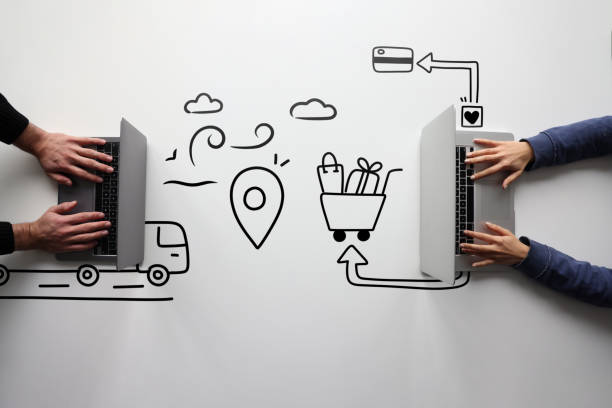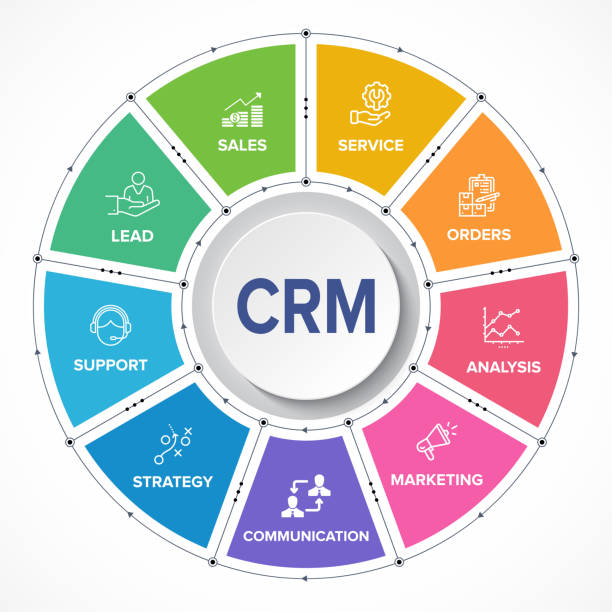Welcome to the exciting world of dropshipping on Amazon! If you’ve ever dreamed of starting your own e-commerce business but were deterred by the hassles of managing inventory and shipping logistics, then dropshipping might just be the solution you’ve been searching for. In this comprehensive guide, we’ll delve into the intricacies of how dropshipping works, demystifying the process step by step.
Understanding the Basics: Dropshipping on Amazon
At its core, dropshipping is a retail fulfillment method where a store doesn’t keep the products it sells in stock. Instead, when a store sells a product, it purchases the item from a third party and has it shipped directly to the customer. In essence, the seller acts as a middleman, facilitating the transaction without ever handling the physical inventory.
Step 1: Partnering with Suppliers
The first step in setting up a dropshipping business is to establish partnerships with reliable suppliers or manufacturers. These suppliers are responsible for producing, storing, and shipping the products to the end customers. When selecting suppliers, it’s crucial to prioritize reliability, product quality, and shipping efficiency.
Step 2: Signing Agreements
Once you’ve identified potential suppliers, the next step is to sign agreements or contracts outlining the terms of your partnership. These agreements typically cover important aspects such as pricing, shipping arrangements, return policies, and any other relevant terms and conditions. Clear communication and transparency are key to building strong relationships with your dropshipping partners.
Step 3: Setting Up Your Online Store
With your supplier partnerships in place, it’s time to set up your online store. Whether you choose to use an e-commerce platform like Shopify, WooCommerce, or build a custom website, make sure your store is user-friendly, visually appealing, and optimized for conversions. Remember to integrate seamless payment gateways and incorporate compelling product descriptions and images to entice potential customers.
Step 4: Customer Orders and Fulfillment: Dropshipping on Amazon
When a customer places an order on your online store, the process of fulfillment kicks into gear. As the seller, you receive the order details, including the customer’s shipping address and product preferences. It’s your responsibility to relay this information to the dropshipper promptly.
Step 5: Dropshipper Ships the Order
Upon receiving the order details from you, the dropshipper takes over the fulfillment process. They retrieve the product from their inventory, package it securely, and arrange for shipment directly to the customer’s address. This seamless handoff ensures that the customer receives their order in a timely manner, without any involvement from you in the shipping process.
Step 6: Customer Satisfaction: Dropshipping on Amazon
As the customer receives their order, they’re notified with an order confirmation and tracking information, allowing them to monitor the shipment’s progress. Providing excellent customer service is crucial at this stage, as it fosters trust and encourages repeat business. Address any inquiries or concerns promptly and ensure a smooth post-purchase experience for every customer.

Advantages of Dropshipping
Now that we’ve covered the fundamental steps involved in dropshipping, let’s explore some of the key advantages of this business model:
- Low Overhead Costs: Since you don’t need to invest in inventory upfront or manage a physical storefront, dropshipping offers significantly lower overhead costs compared to traditional retail businesses.
- Location Independence: One of the most appealing aspects of dropshipping is the ability to run your business from anywhere with an internet connection. Whether you’re at home, traveling, or working remotely, you can manage your store with ease.
- Scalability: Dropshipping allows for flexible scalability, as you can quickly add new products to your store without worrying about storage constraints. As your business grows, you can easily scale up operations to meet increasing demand.
- Wide Product Selection: With access to a network of suppliers and manufacturers, you can offer a diverse range of products to your customers without the need for extensive inventory management.
- Reduced Risk: Since you only purchase products from suppliers after you’ve secured a sale, dropshipping minimizes the risk of unsold inventory and allows for greater financial flexibility.
Conclusion: Dropshipping on Amazon
Dropshipping offers a lucrative opportunity for aspiring entrepreneurs to enter the world of e-commerce without the logistical headaches of traditional retail. By partnering with reliable suppliers, setting up an efficient online store, and prioritizing customer satisfaction, you can build a successful dropshipping business that thrives in today’s competitive market. So what are you waiting for? Take the plunge into dropshipping and unlock your entrepreneurial potential today!








